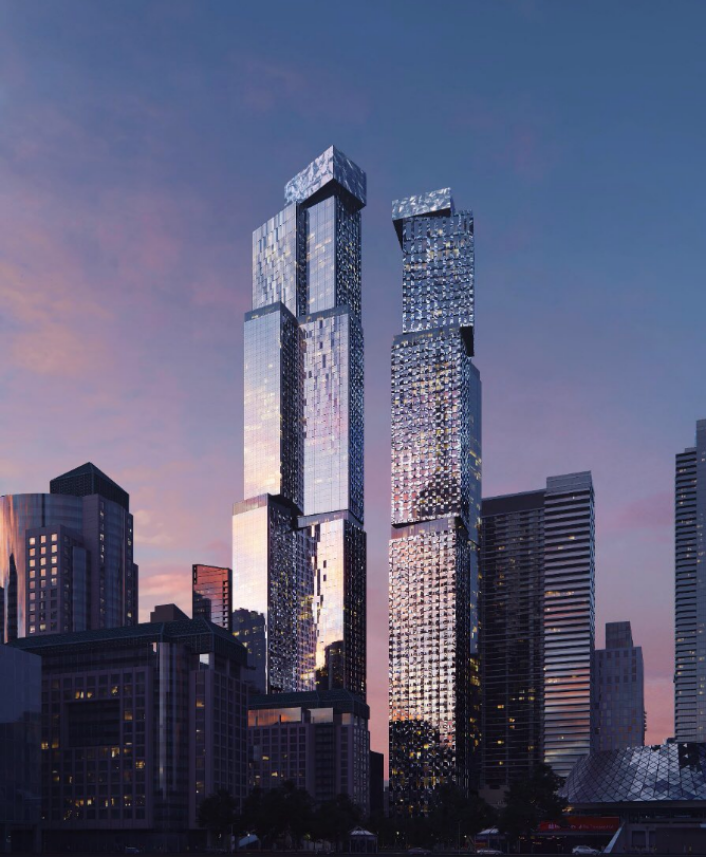Architecture
Luma Tower
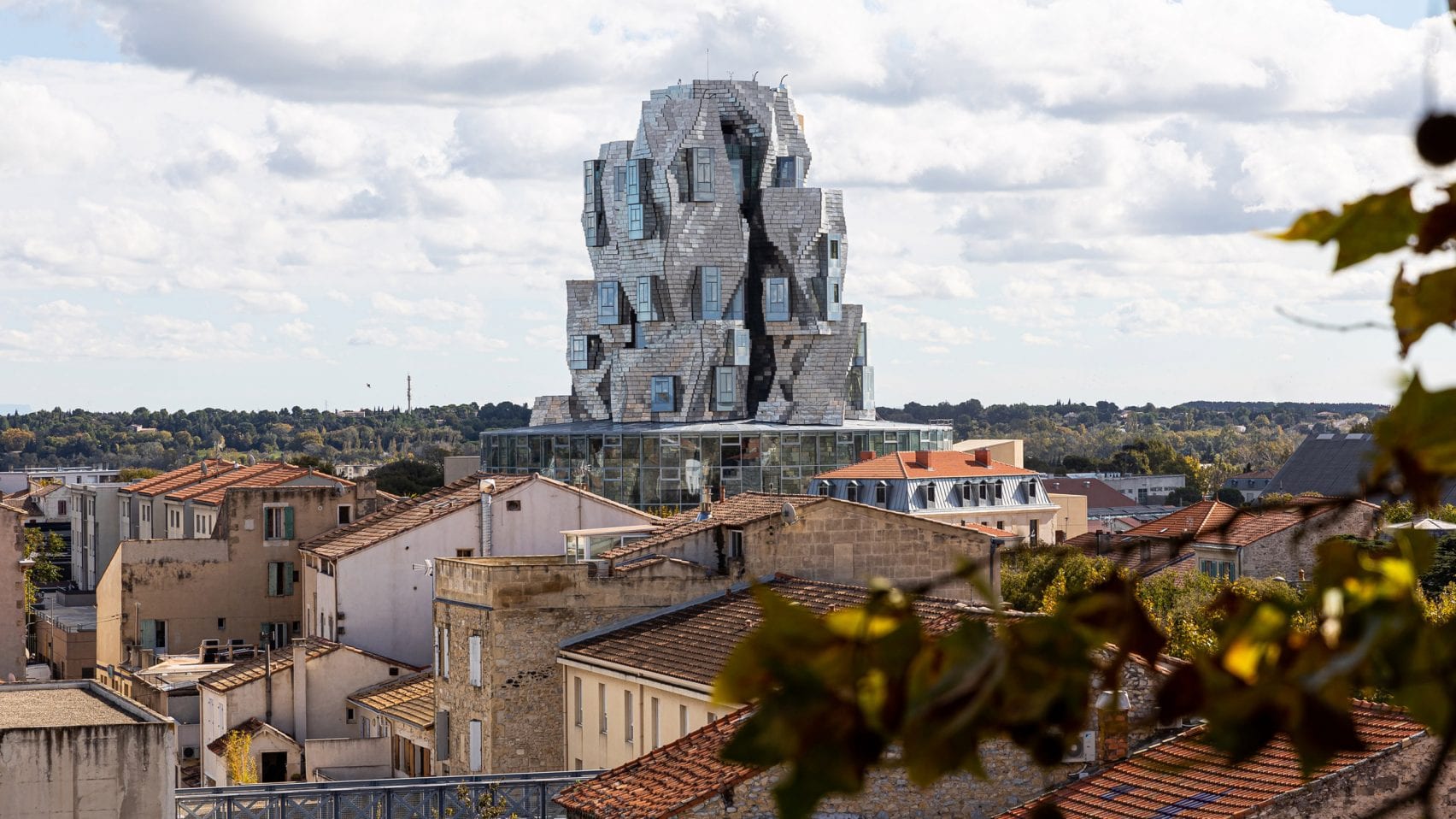
The Tower was designed to be a landmark in Arles, France.
Image courtesy of: Dezeen
Last year, in the midst of the pandemic craziness and constant isolations, Frank Gehry quietly debuted Luma Tower, a new building in Arles, France. The extraordinary building in southern France was built as the centerpiece of the Luma Arles Arts campus.
Arles has significant importance in arts world; it is the location where van Gogh found inspiration for many of his paintings. In 1888, Van Gogh spent a couple of years in Arles; here, he painted more than 200 canvases including his famous Sunflowers. Van Gogh was enamored with the location, in part because of the stunning light. He was not alone, Picasso and Gauguin also resided in Arles; the southern light is ideal for painting.
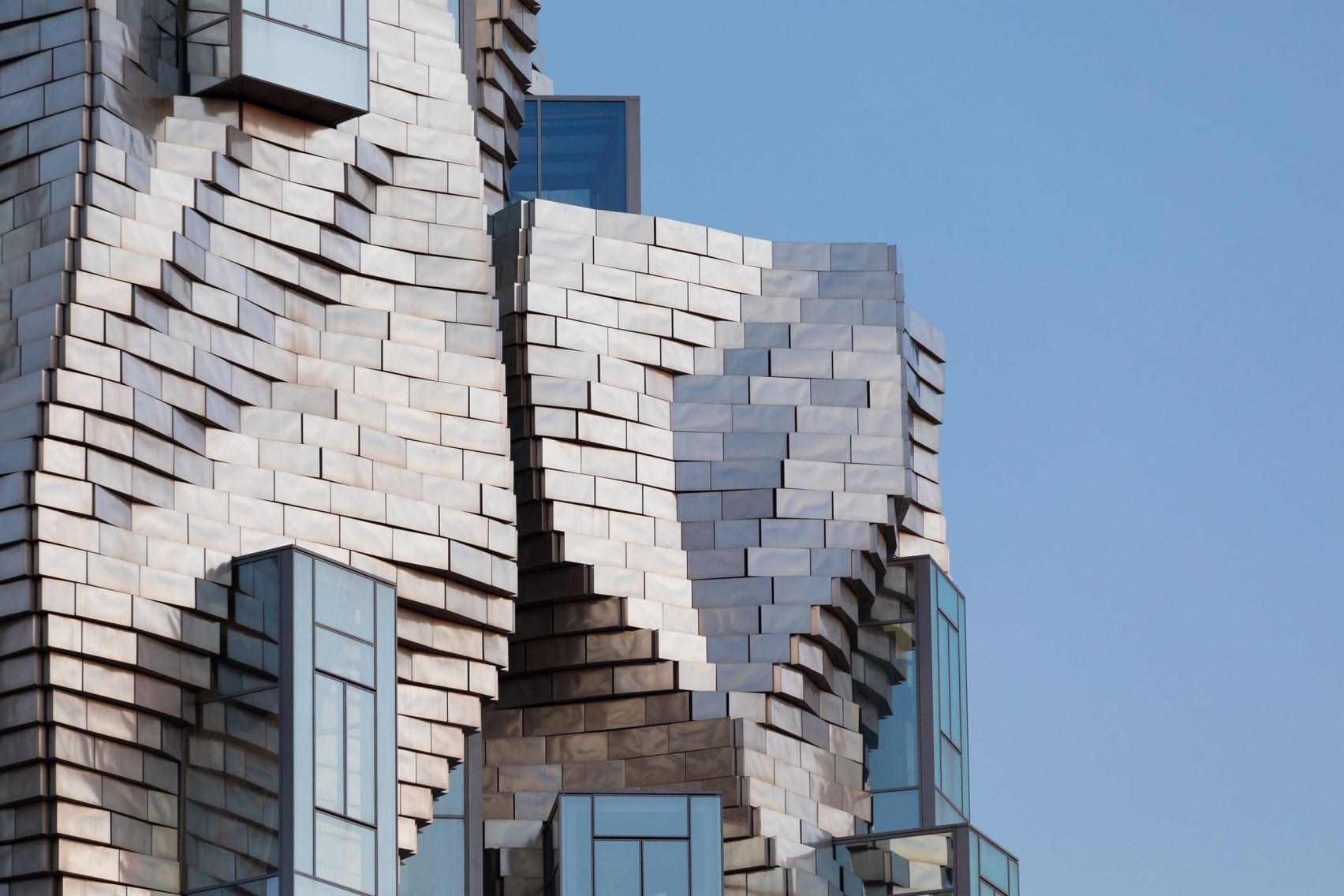
The stainless steel cladding was inspired by van Gogh’s paintings.
Image courtesy of: Dezeen
Gehry says that the design was inspired by the area’s Roman architecture, the nearby mountains, “Starry Night, ” a van Gogh piece that was painted nearby. Specifically, the drum upon which the tower sits references the Arles Amphitheater. The two-tiered amphitheater was influenced by Rome’s Colosseum… completed in 90 AD, it is one of UNESCO’s World Heritage Sites.
Considered France’s center of the Roman empire, the 92-year-old architect says that this building is a way of paying homage to Arles’ most famous residents: the Romans from ancient times and more recently, van Gogh. We think he beautifully accomplished his task!
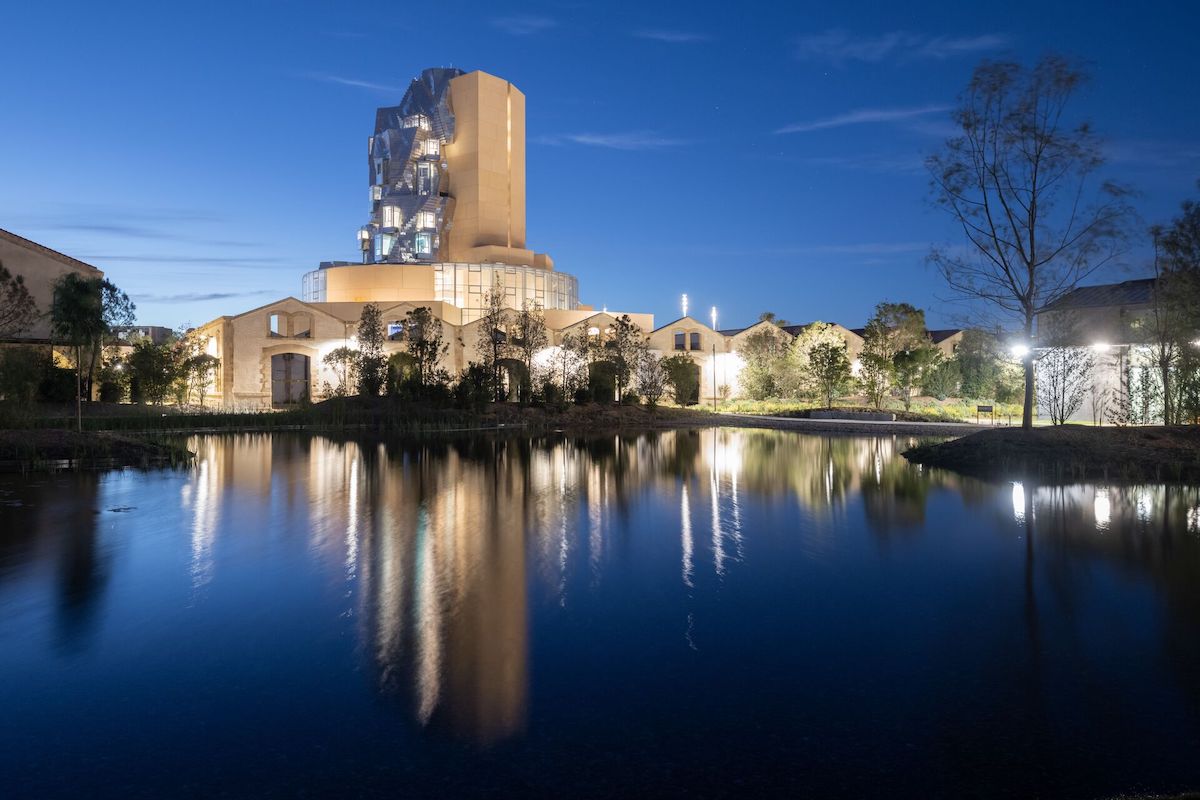
The building’s specific location is at the site of the city’s former railway workshops.
Image courtesy of: My Modern Met, photographed by: Iwan Baan
The 185-feet-high arts tower contains a library, offices, seminar rooms, exhibition galleries and archives. It is indeed “the face” for Luma Arles. The tower is clad with 11,000 irregularly arranged stainless steel panels; it is the “high point” of the new arts campus called Luma Arles… a culture complex and multidisciplinary art campus that covers 27 acres at Parc des Ateliers.
Some additional interesting details are that the Tower has 12 floors with 53 exterior glass “boxes” that compliment the stainless steel bricks. Luma Tower is made up of four interconnected towers that are attached to a concrete “spine” where the elevators and stairs reside. The façade’s bricks are contoured due to a unique mechanical process; each one is unique and stamped with an individual number which indicates its location on the building’s exterior.
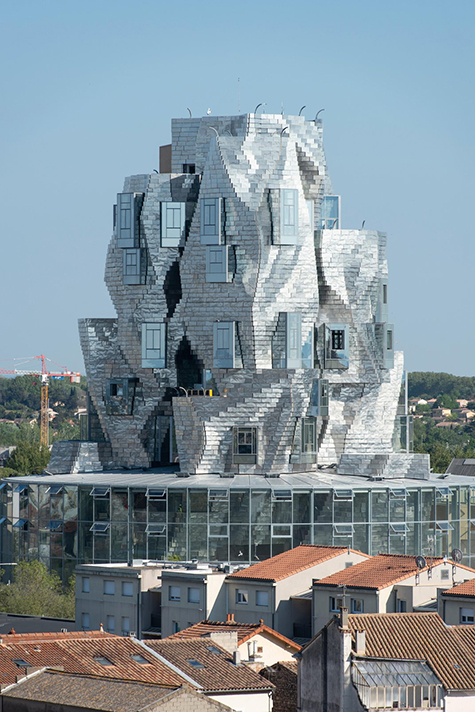
The multi-faceted structure up close…
Image courtesy of: Smithsonian Magazine, photographed by: Sylvain Heraud
Encircling the first three levels of the tower is a steel and glass “drum” which encloses a public atrium. This structure is made up of a concrete core that supports a free-form steel frame. The elongated tower rises above the surrounding rooftops and church spires from a glass rotunda. In addition, as a nod to the Roman amphitheater not far away, the rotunda references the city’s history as the center of Roman architecture.
Aside from a series of aristocratic townhomes that were constructed in Arles’ center sometime in the 17th-century, very little has changed in the village. For the first time in many years, Arles’ skyline has changed… and not everyone is happy about this new “in your face” variable. For example, Françoise Lacroix, wife of prominent Arlesian Christian Lacroix, suggested the Luma Arles is (courtesy of Smithsonian Magazine), “little more than a vanity project, part of a growing trend of mega-rich benefactors avoiding the constraints of working with established institutions by simply starting their own museums from scratch.”
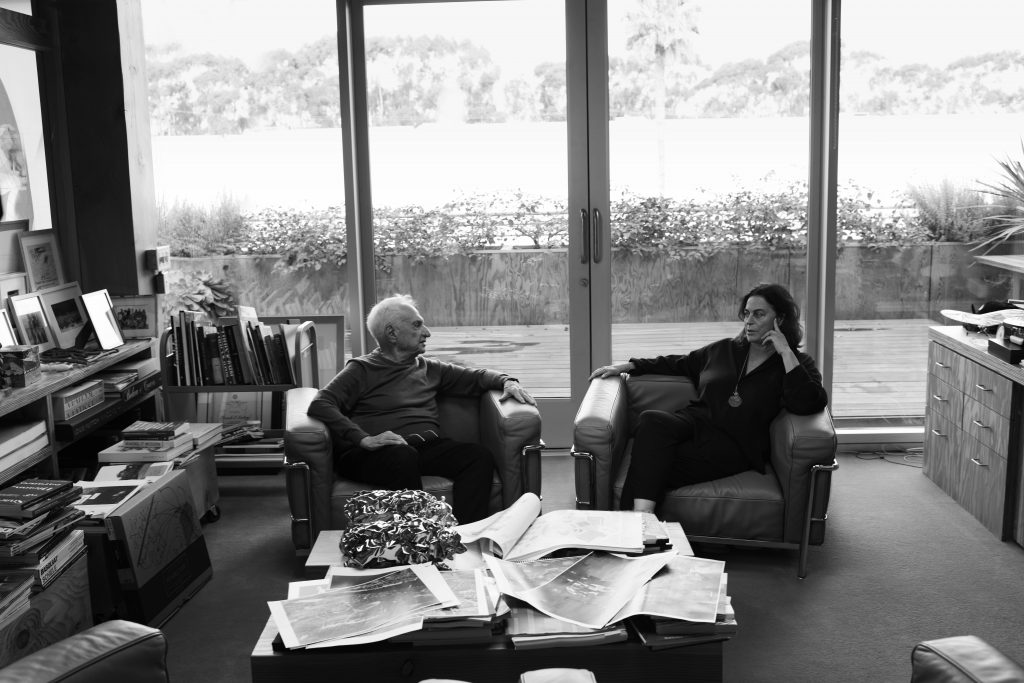
Gehry and Hoffmann, photographed by Annie Leibovitz. Hoffmann founded the Luma Foundation, named after her children Lucas and Marina.
Image courtesy of: ArtNet
The ambitious project has been a long time coming. The 27-acre foundation is the brainchild of Maja Hoffmann, the Swiss billionaire heiress of Hoffmann La Roche, the world’s largest pharmaceutical company. For many years, Hoffmann has been using her wealth to become a patron of the arts and a collector in her own right.
In 2008, Hoffmann signed an agreement with government officials to start her foundation in Arles, a city she has loved since she was a child. Hoffmann, a fan of the American-Canadian Gehry, approached the architect. She retells the conversation, (courtesy of ArtNews), “One day I went to see him and asked him if he would do this project with me and he said I’ll do your small project because it’s in Arles.” Gehry’s initial sketch in 2011 was refused by France’s Commission of Historical Monuments due to the reasoning that they obscure views of the Roman necropolis, Alyscamps. Gehry said, “There were many drawings and I bet we have close to 100 [architectural] models. The light here is so beautiful and it was seductive to try to capture it. We did a lot of research to find this metal, which we’ve never used before, that feels soft.” Certainly, an impressive addition to the village of Arles.
